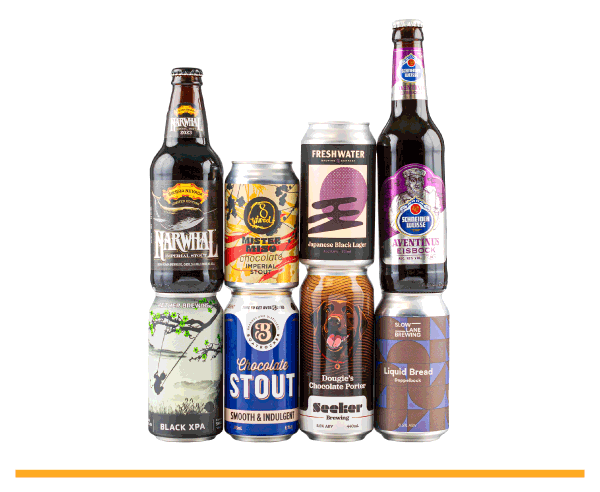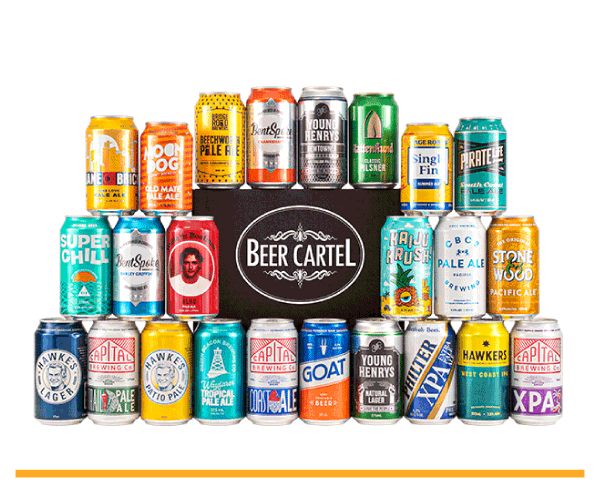The art of blending beer
12th Dec 2012
Something that you won’t see in most Australian pubs, which is relatively new but growing in popularity worldwide is the art of blending beer. It may sound strange, but doesn't involve a blender or other apparatus – it simply is the mixing of one beer with another.
Blending has been around for years. In the distant past, old beers were blended with new to help make them drinkable, smoothing over sourness from spoilage and harshness from oxidation. The origins of the Porter style of beer came from a bartender who blended an old stale ale with a brown ale and pale ale. Bartenders are still blending beers today, the Black and Tan (stout and a lighter beer, usually a light lager) is alive and well, and can often be common with Guinness. It has the best of both beers—the drinkability of a light lager and the robust intrigue of a dry stout.
Currently, young and old Lambics are blended to form Gueuze, a form of sour beer. Elsewhere many commercial brewers blend beer with water, brewing a high gravity beer 10 to 20 percent stronger and blending with water after fermentation to get more production out of their system. Blending is also used as a brewing technique to help maintain product consistency. By blending some of the previous batch to the current batch, brewers can make flavour differences between batches less noticeable.
One of our favourite brewers in Australia, Holgate, recommend the art of mixing two of their beers, their Nut Brown Ale and Temptress Chocolate Porter. Putting these two beers together produces what they have named somewhat controversially the ‘Lady Boy’, which is a great tasting drop.
So next time when you have a dark and a light beer in the fridge, why not pop the top of both and see how you go with mixing two beers together.

 Loading... Please wait...
Loading... Please wait...

